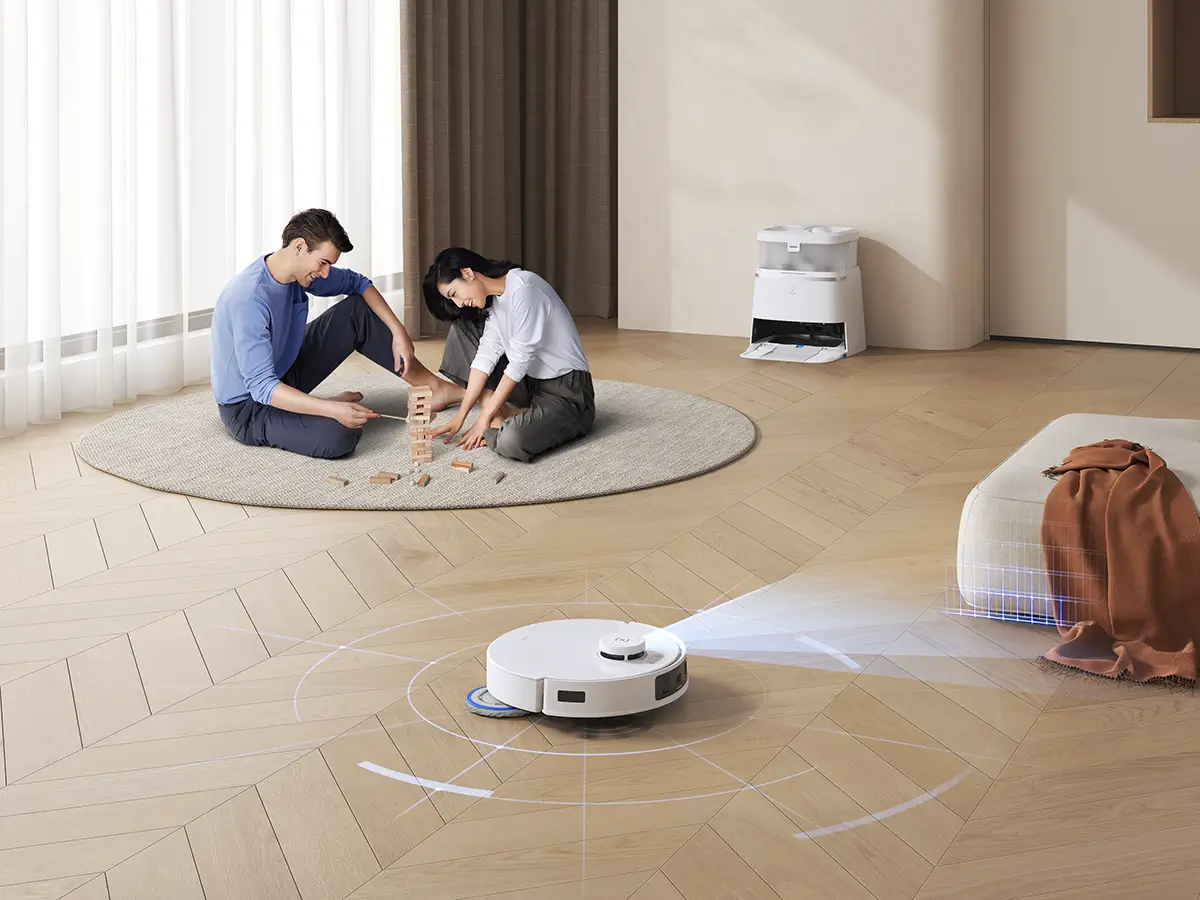Introduction of House Cleaning Robots
The journey of house cleaning robots is a fascinating tale of technological progress, innovation, and the quest to simplify domestic life. From the debut of the first robotic vacuum to the sophisticated models we see today, these devices have evolved from quirky novelties into essential household tools that redefine how we manage cleanliness.
The Birth of House Cleaning Robots: Enter the Roomba
In the late 1990s, the concept of a robot handling household chores was little more than science fiction. That changed when iRobot, a Massachusetts-based company, introduced the Roomba in 2002. As the first commercially successful robotic vacuum cleaner, the Roomba was named after the Roman goddess of cleanliness, symbolizing a new era in home automation. Equipped with sensors and a programmable navigation system, the Roomba marked the beginning of a revolutionary shift in how people approached house cleaning.
Early Challenges and Limitations of House Cleaning Robot
While the initial Roomba models were groundbreaking, they were not without flaws. These early robots struggled with obstacle detection and often required manual intervention, limiting their effectiveness. Despite these challenges, the Roomba laid a solid foundation for future advancements, proving that automation could play a significant role in household tasks.
Modern Advancements: Smarter, More Efficient Robots
Today, house cleaning robots have come a long way. Modern models are equipped with advanced features such as smart mapping, allowing them to create detailed maps of homes for efficient cleaning. These robots can now differentiate between various surfaces like carpets and hard floors, adjusting their cleaning methods accordingly. The integration of artificial intelligence (AI) has further enhanced these devices, enabling them to learn from their environment and adapt to user preferences for a more personalized cleaning experience.
Expanding Capabilities: From Vacuuming to Mopping
The capabilities of house cleaning robots have expanded beyond vacuuming. Many models now include mopping functions, equipped with water tanks and microfiber pads to clean floors thoroughly. Some advanced robots use AI to determine the optimal amount of water and cleaning solution, ensuring a spotless and streak-free finish every time.
The Future of House Cleaning Robots
Looking ahead, the future of house cleaning robots is bright. Ongoing research and development are focused on improving navigation, boosting suction power, and enhancing the ability to handle different floor types and surfaces. As these technologies continue to advance, it is likely that robotic cleaners will become even more indispensable in modern households, offering an increasingly convenient and efficient solution to the challenge of keeping our homes clean.
Conclusion of House Cleaning Robot
The evolution of house cleaning robots from the first Roomba to today’s advanced models underscores their transformation from a novelty item to a household necessity. As technology continues to advance, these mechanical helpers will undoubtedly play an even greater role in simplifying housework, making our homes cleaner and our lives easier.
FAQ: House Cleaning Robots
Q1: What is the origin of cleaning robots?
A1: House cleaning robots originated in the late 1990s, with the first commercially successful model being the Roomba, introduced by iRobot in 2002.
Q2: What was the first cleaning robot?
A2: The first cleaning robot was the Roomba, released by iRobot in 2002. It was the first robot to successfully automate the task of vacuuming.
Q3: What challenges did early cleaning robots face?
A3: Early cleaning robots, including the first Roomba models, faced challenges such as poor obstacle detection and the need for frequent manual intervention to complete a cleaning cycle.
Q4: How have cleaning robots improved over time?
A4: Modern cleaning robots now feature smart mapping, the ability to differentiate between various surfaces, and artificial intelligence that allows them to learn from their environment and adapt to user preferences.
Q5: Can cleaning robots do more than just vacuuming?
A5: Yes, many modern cleaning robots also have mopping capabilities. They are equipped with water tanks and microfiber pads, and some models use AI to optimize water usage for a streak-free clean.
Q6: What advancements are expected in the future for cleaning robots?
A6: Future advancements may include improved navigation, stronger suction power, and enhanced capabilities to handle different floor types, making these robots even more efficient and indispensable in households.
Q7: Why have cleaning robots become so popular?
A7: Cleaning robots have gained popularity due to their ability to automate tedious cleaning tasks, saving time and effort for homeowners. Their continuous technological improvements have also made them more effective and user-friendly.

